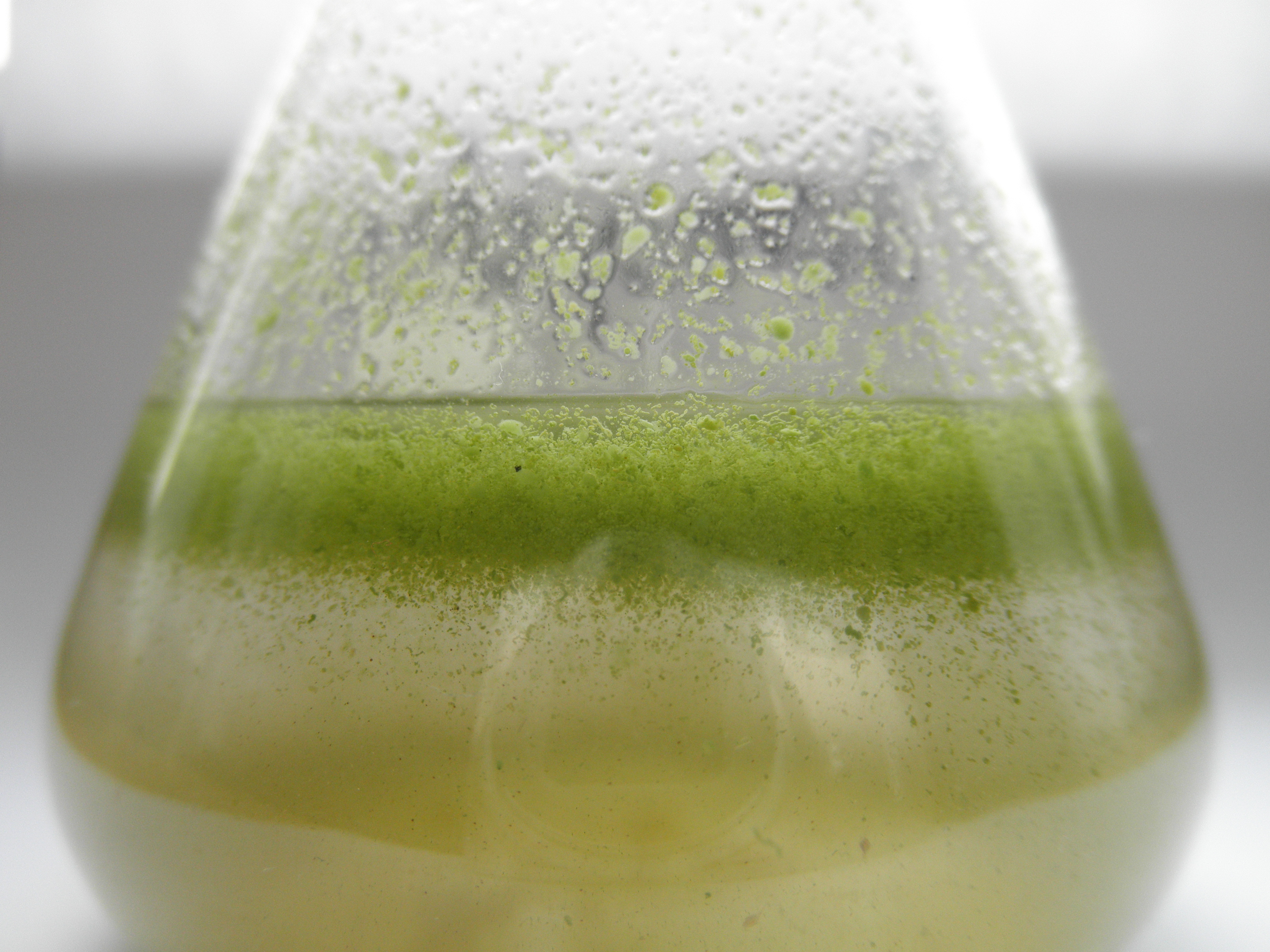|
Microcystaceae
Microcystaceae is family of cyanobacteria which contains the harmful algal bloom ''Microcystis aeruginosa ''Microcystis aeruginosa'' is a species of freshwater cyanobacteria that can form harmful algal blooms of economic and ecological importance. They are the most common toxic cyanobacterial bloom in eutrophic fresh water. Cyanobacteria produce neu ...''. Characteristics The family is characterized by single, floating cells or colonies which are embedded to a matrix. There is also a lack of differentiation between apical and basal structures. References {{Taxonbar, from=Q6839433 Chroococcales Cyanobacteria families ... [...More Info...] [...Related Items...] OR: [Wikipedia] [Google] [Baidu] |
Chroococcales
The Chroococcales () are an order of cyanobacteria in some classifications which includes the harmful algal bloom ''Microcystis aeruginosa''. Molecular data indicate that Chroococcales may be polyphyletic A polyphyletic group is an assemblage of organisms or other evolving elements that is of mixed evolutionary origin. The term is often applied to groups that share similar features known as homoplasies, which are explained as a result of conver ..., meaning its members may not all belong to the same clade or have the same common ancestor. Characteristics The order is characterized by single, floating cells or colonies which are embedded to a matrix. Also, a lack of differentiation between apical and basal structures exists. References Bacteria orders {{cyanobacteria-stub ... [...More Info...] [...Related Items...] OR: [Wikipedia] [Google] [Baidu] |
Microcystis Aeruginosa
''Microcystis aeruginosa'' is a species of freshwater cyanobacteria that can form harmful algal blooms of economic and ecological importance. They are the most common toxic cyanobacterial bloom in eutrophic fresh water. Cyanobacteria produce neurotoxins and peptide hepatotoxins, such as microcystin and cyanopeptolin. ''Microcystis aeruginosa'' produces numerous congeners of microcystin, with microcystin-LR being the most common. Microcystis blooms have been reported in at least 108 countries, with the production of microcystin noted in at least 79. Characteristics As the etymological derivation implies, ''Microcystis'' is characterized by small cells (of only a few micrometers diameter), which lack individual sheaths. Cells usually are organized into colonies (large colonies of which may be viewed with the naked eye) that begin in a spherical shape, but lose their coherence to become perforated or irregularly shaped over time in culture. Recent evidence suggests one of the d ... [...More Info...] [...Related Items...] OR: [Wikipedia] [Google] [Baidu] |
Microcystis
''Microcystis'' is a genus of freshwater cyanobacteria that includes the harmful algal bloom-forming '' Microcystis aeruginosa''. Many members of a ''Microcystis'' community can produce neurotoxins and hepatotoxins, such as microcystin and cyanopeptolin. Communities are often a mix of toxin-producing and nonproducing isolates. Etymology The genus ''Microcystis'' derives from the Greek ''mikros'' (small) + ''kystis'' (bladder) Physical characteristics As the etymological derivation implies, ''Microcystis'' is characterized by small cells (a few micrometers in diameter), possessing gas-filled vesicles (also lacking individual sheaths). The cells are usually organized into colonies (aggregations of which are visible with the naked eye) that begin in a spherical shape, losing coherence to become perforated or irregularly shaped over time. These colonies are bound by a thick mucilage composed of complex polysaccharide compounds, including xylose, mannose, glucose, fucose, ... [...More Info...] [...Related Items...] OR: [Wikipedia] [Google] [Baidu] |
Cyanobacteria
Cyanobacteria (), also known as Cyanophyta, are a phylum of gram-negative bacteria that obtain energy via photosynthesis. The name ''cyanobacteria'' refers to their color (), which similarly forms the basis of cyanobacteria's common name, blue-green algae, although they are not usually scientifically classified as algae. They appear to have originated in a freshwater or terrestrial environment. Sericytochromatia, the proposed name of the paraphyletic and most basal group, is the ancestor of both the non-photosynthetic group Melainabacteria and the photosynthetic cyanobacteria, also called Oxyphotobacteria. Cyanobacteria use photosynthetic pigments, such as carotenoids, phycobilins, and various forms of chlorophyll, which absorb energy from light. Unlike heterotrophic prokaryotes, cyanobacteria have internal membranes. These are flattened sacs called thylakoids where photosynthesis is performed. Phototrophic eukaryotes such as green plants perform photosynthesis in plasti ... [...More Info...] [...Related Items...] OR: [Wikipedia] [Google] [Baidu] |
Harmful Algal Bloom
A harmful algal bloom (HAB) (or excessive algae growth) is an algal bloom that causes negative impacts to other organisms by production of natural algae-produced toxins, mechanical damage to other organisms, or by other means. HABs are sometimes defined as only those algal blooms that produce toxins, and sometimes as any algal bloom that can result in severely lower oxygen levels in natural waters, killing organisms in marine or fresh waters. Blooms can last from a few days to many months. After the bloom dies, the microbes that decompose the dead algae use up more of the oxygen, generating a "dead zone" which can cause fish die-offs. When these zones cover a large area for an extended period of time, neither fish nor plants are able to survive. Harmful algal blooms in marine environments are often called "red tides". It is sometimes unclear what causes specific HABs as their occurrence in some locations appears to be entirely natural, while in others they appear to be a r ... [...More Info...] [...Related Items...] OR: [Wikipedia] [Google] [Baidu] |



